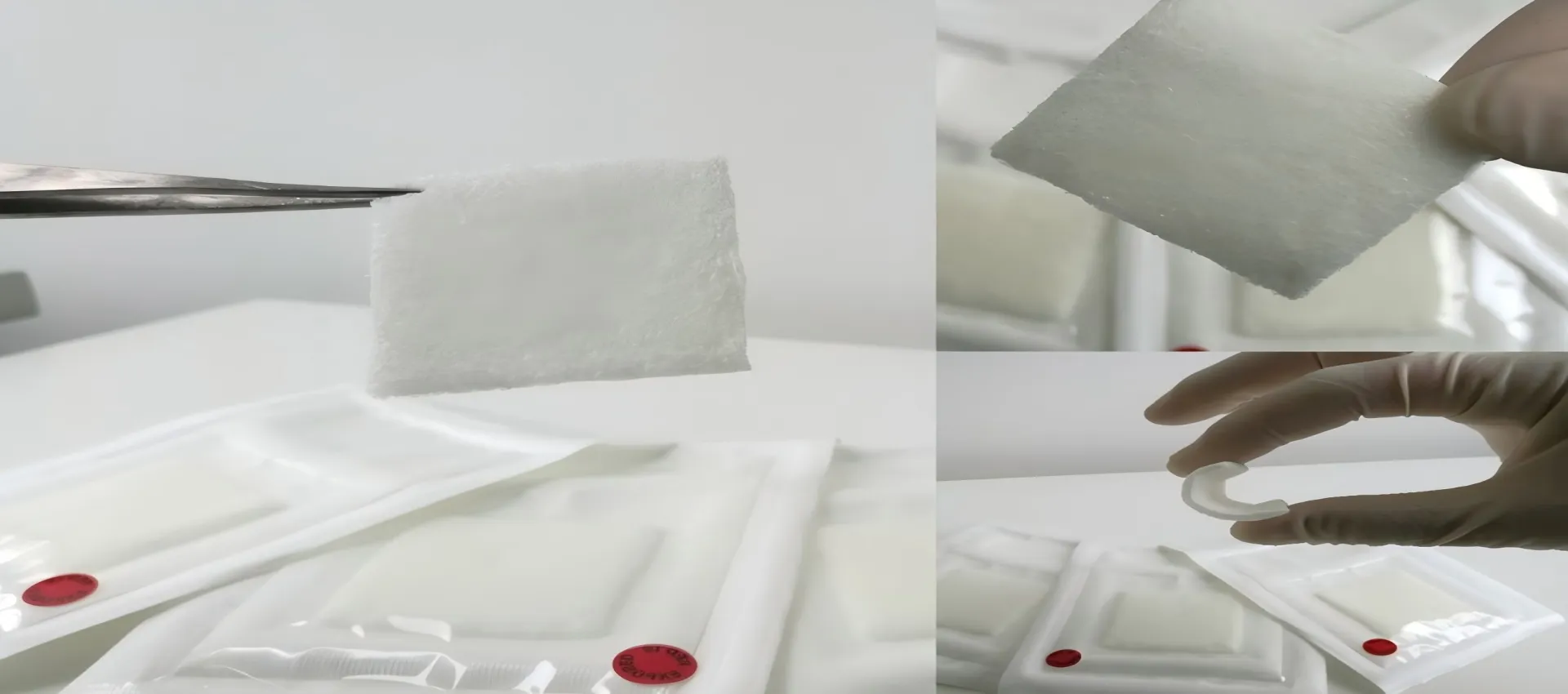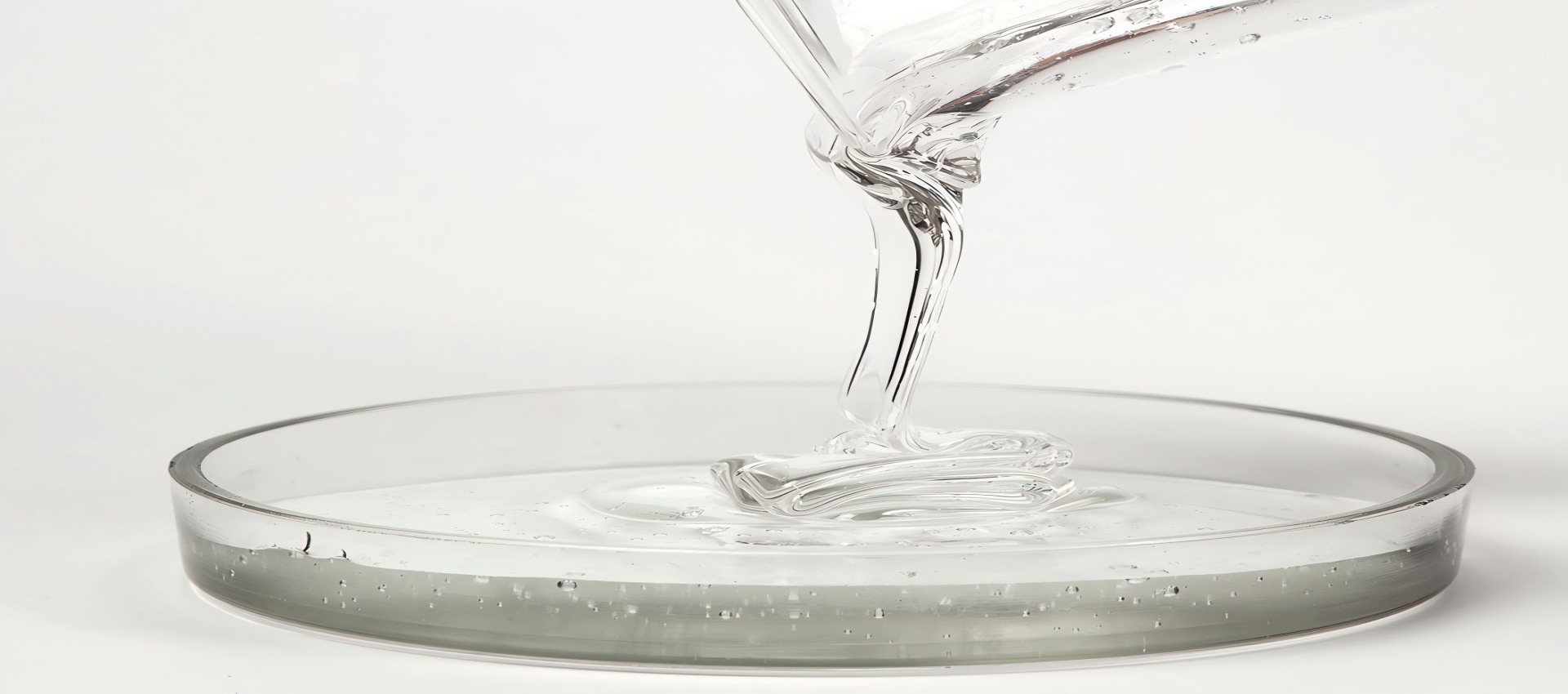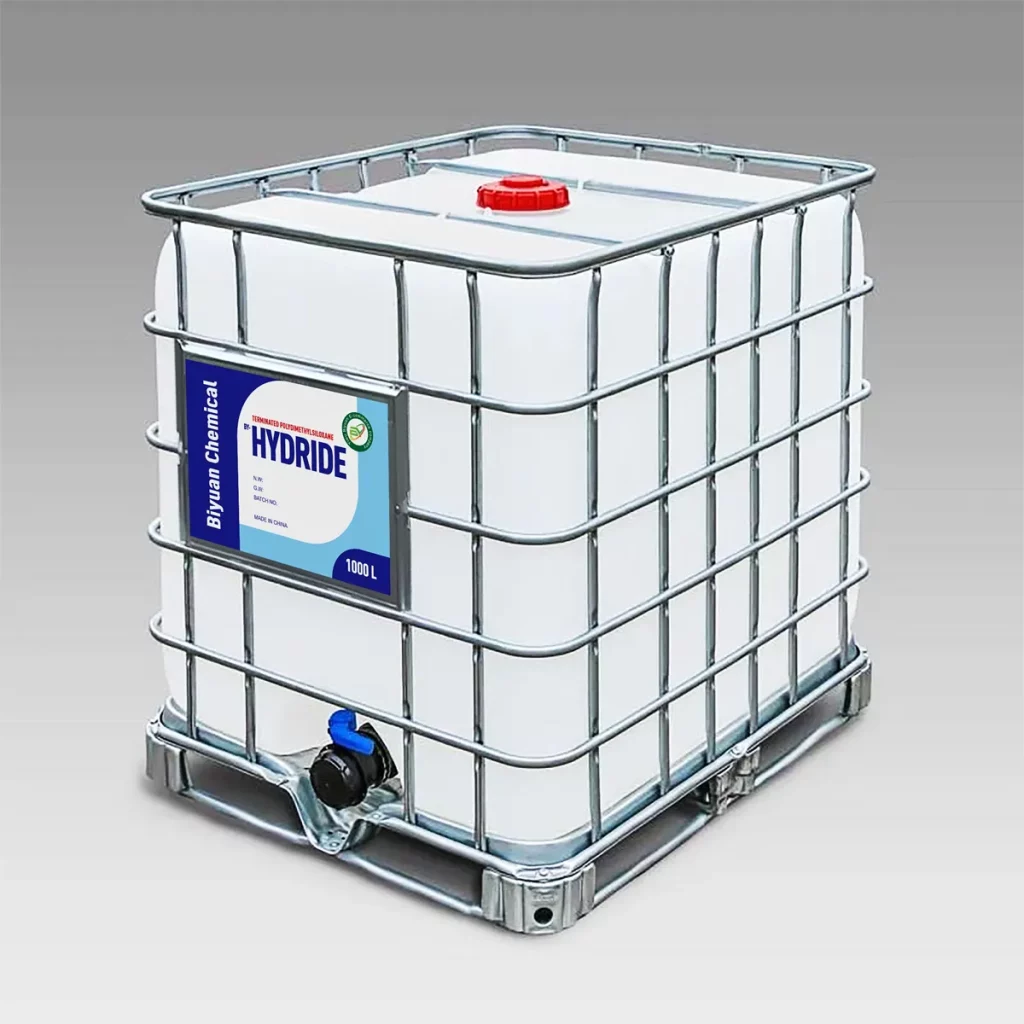
heptamethyltrisiloxane factory&supplier

Heptamethyltrisiloxane
Everything you need to know about our products and company
Heptamethyltrisiloxane is revolutionizing textile manufacturing through its unique combination of volatility and surface activity. This advanced silicone fluid serves as a multifunctional processing aid that enhances both production efficiency and final fabric quality across various textile applications.
The compound acts as an exceptionally effective fiber lubricant during spinning and weaving operations, reducing breakage rates by up to 40% while enabling higher processing speeds. Its low viscosity and rapid evaporation characteristics ensure complete removal during subsequent heating processes, eliminating any concern about residual buildup on fibers or equipment.
The thermal stability of heptamethyltrisiloxane (up to 250°C) makes it suitable for high-temperature textile processing, including heat setting, thermofixation, and curing operations. Its complete volatility ensures no interference with subsequent processing steps or final fabric properties.
Heptamethyltrisiloxane represents a significant advancement in textile chemical technology, offering manufacturers the opportunity to improve product quality while simultaneously reducing environmental impact and production costs.
Physical Properties
Chemical Properties
Basic Product Information
TYPICAL PROPERTIES
| Appearance | colorless transparent liquid |
| purity (GC),% | >99 |
| Molecular weight | 222.5 |
Safety Certifications

Product Functions
Significantly enhances fabric hydrophobic/oleophobic properties, achieving water- and stain-resistant effects.
Improves fiber wettability for uniform dye distribution and higher dye fixation rates.
Acts as a high-efficiency leveling agent, minimizing surface defects (e.g., streaks, unevenness) in textile coatings.
Reduces viscosity of coating pastes/sizing agents, boosting textile processing efficiency.
Forms a nanoscale protective network to strengthen fabric weather resistance and chemical stability.
Enhances antistatic properties, ideal for functional apparel (e.g., workwear, sportswear).
Applications
Core Advantages
| Advantages | Textile Value | Technical Indicators |
| Exquisite Softness | Friction coefficient reduced by 40–50%, hand feel rating improved to 4–5 (5-point scale) | KES-F friction coefficient test, subjective hand feel evaluation method |
| High-Efficiency Water/Oil Repellency | Water contact angle >120°, oil contact angle >100° | Contact angle measurement (ASTM D724 standard method) |
| Significant Antistatic Property | Surface resistance reduced to 10⁸–10⁹Ω, half-life <0.5 seconds | Surface resistance tester, electrostatic half-life tester |
| Dyeing Enhancement | Dyeing depth increased by 15–20%, color difference <1.0 (ΔE) | Spectrophotometric color measurement (CIELAB color space) |
| Environmental Safety | Harmful substance residues below detection limit, biodegradation rate >80% | GC-MS and other testing methods, biodegradation tests |
Market Value
Market Size and Growth Trends
2023 Market Size: The global market size of HMTS in the textile sector is approximately US$120–150 million, accounting for 8–10% of the functional textile auxiliaries market.
Future Growth (2024–2030): Expected to grow at a CAGR of 6–8%, with the market size reaching US$200–250 million by 2030.
Core Drivers:
Rising demand for waterproof and breathable fabrics in outdoor sportswear.
Antibacterial function upgrades in medical textiles (surgical gowns, protective clothing).
Environmental regulations promoting the substitution of per- and poly-fluorinated compounds (PFCs).
Technical Advantages and Competitive Barriers
Low Surface Tension (16–18 mN/m): Superior to ethanol (22 mN/m), enabling rapid wetting of hydrophobic fibers like polyester/nylon.
Volatility (Boiling Point 152℃): Completely volatilizes during drying, eliminating residual environmental risks.
Replaces traditional solvents (e.g., xylene, DMF) and meets:
EU REACH regulations (free of PBT/vPvB characteristics).
OEKO-TEX® Standard 100 certification.
Experimental Data & Case Studies
Applications in Waterproof Fabrics
Polyester fabric + 0.5% additive: Initial contact angle reaches 150°, remaining >140° after 50 washes (AATCC TM22).
Coating uniformity deviation <3% (measured by laser thickness gauge).
Outdoor Brand: Improved yield of waterproof fabrics by 12%, reduced customer complaint rate by 30%.
Applications in Medical Protective Clothing
Blood penetration resistance certified to ISO 16603 Level 4.
Air permeability increased by 15% (ASTM D737).
Leading Domestic Medical Enterprise: Extended service life of protective clothing by 20%.
Applications in Antistatic Workwear
Surface resistance reduced from 10¹²Ω to 10⁸Ω (ASTM D257).
Electronics Factory Workwear Supplier: Reduced electrostatic issues by 90%.
Preparation Process, Core Technologies, and Precautions
Preparation Processes
Raw Materials: Trimethylchlorosilane, hexamethyldisiloxane.
Procedure:
Hydrolyze trimethylchlorosilane in a reactor to generate trimethylsilanol.
Condense trimethylsilanol with hexamethyldisiloxane.
Purify via neutralization, water washing, drying, and vacuum distillation.
Raw Materials: Hydrogen-containing silicone oil, vinyltrimethoxysilane.
Procedure:
Perform hydrosilylation under catalyst to synthesize intermediates.
Hydrolyze and polycondense intermediates.
Obtain heptamethyltrisiloxane through filtration and purification.
Core Technologies
Key Controls:
Hydrolysis temperature (60–80°C), water dosage, and reaction rate.
Optimization of catalysts (e.g., acidic/basic) and condensation conditions (time, pH).
Achieves >90% yield and 99% purity via precise distillation.
Key Controls:
Catalyst selection (e.g., platinum-based) and reaction parameters (molar ratio, 1:1.05–1.2; temperature, 80–120°C).
Hydrolysis water content (controlled stepwise) and pH adjustment (6.5–7.5).
Ensures low byproduct formation and high selectivity.
Precautions
Packaging & Ordering
Packaging: 200kg/1000kg plastic drums (customizable).
Our most popular products loved by customers worldwide
Heptamethyltrisiloxane is emerging as a transformative functional material in the pharmaceutical industry. This volatile silicone derivative combines low viscosity with high permeability, offering unique solutions for advanced drug delivery systems and medical device technologies. Certified USP Class VI and compliant with ISO 10993-5 standards, heptamet.
Heptamethyltrisiloxane is transforming the personal care industry through its unique volatile characteristics and exceptional spreading properties. This lightweight silicone fluid delivers instant sensory enhancement while providing functional benefits across various product categories. Heptamethyltrisiloxane meets rigorous safety standards including RE.
Heptamethyltrisiloxane is emerging as a powerful adjuvant in modern agriculture, leveraging its unique properties to enhance crop protection product performance. This organosilicone compound acts as a super-spreader, dramatically improving the efficacy of pesticides, herbicides, and fungicides through superior surface coverage and penetration. The mater.
Heptamethyltrisiloxane is gaining recognition as a versatile performance additive in various industrial sectors due to its unique combination of low viscosity, high volatility, and exceptional surface activity. This organosilicone compound serves as an efficient process aid and functional modifier across multiple applications. Heptamethyltrisiloxane off.